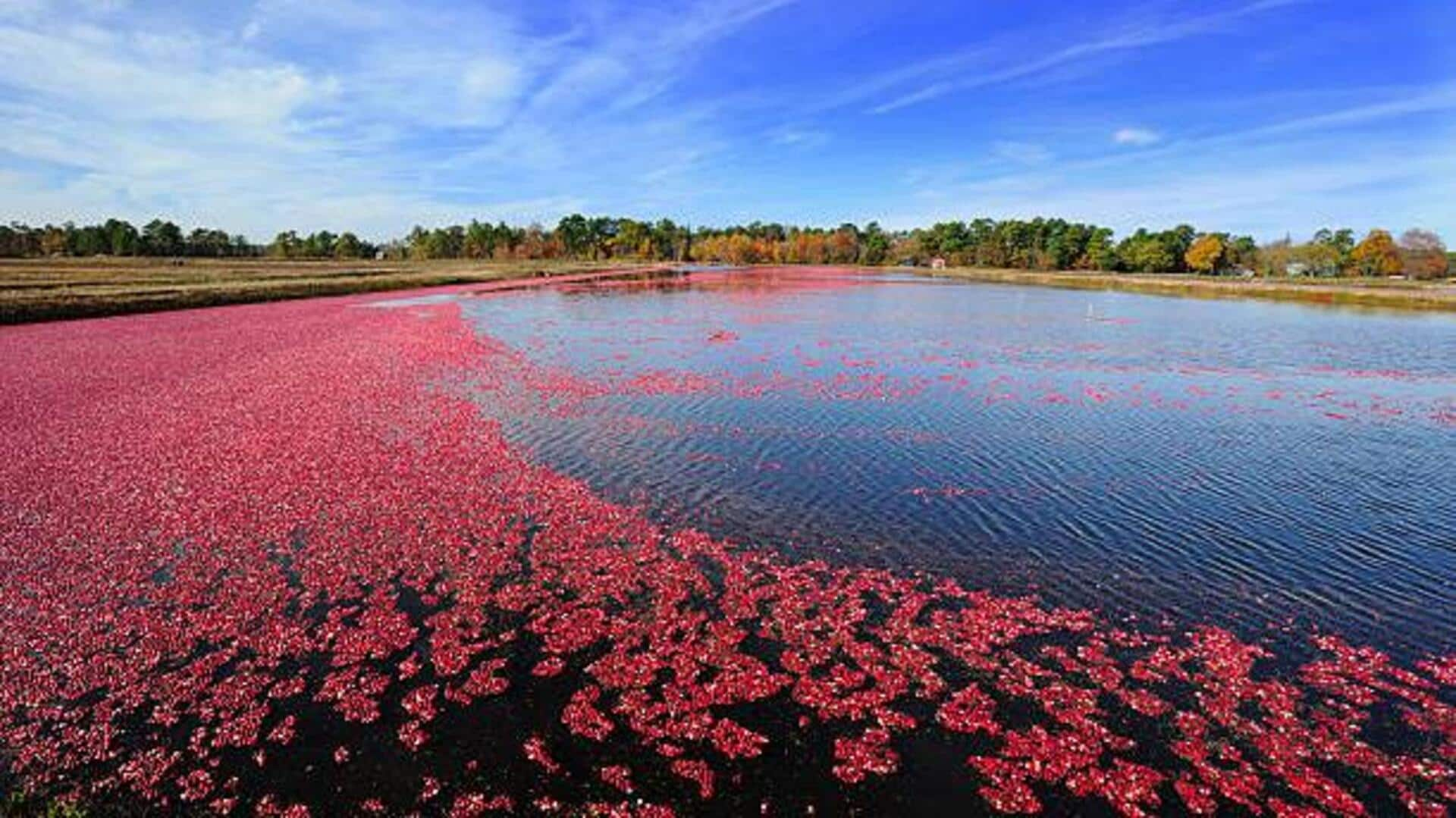
Exploring floating bogs: Nature's unsung landscapes
What's the story
Floating bogs, ecosystems teeming with life in waterlogged conditions, are a global phenomenon. These islands of peat and vegetation harbor a unique array of species, providing glimpses into nature's resilience and adaptability. Read on to discover where to find them, how to safely explore, and why they're so crucial for biodiversity.
Locations
Discovering hidden gems
Floating bogs can be found in freshwater lakes, rivers, and wetlands around the world. Prominent locations include the Great Sphagnum Bog in the US, the Scottish Highlands, and Northern Europe regions like Estonia and Finland. These ecosystems support a wide variety of unique plants and animals. You can opt for guided tours or kayak excursions to experience these natural wonders without causing damage to these delicate environments.
Gear up
Preparing for your adventure
Sturdy waterproof boots or waders are essential for walking on wet and potentially unstable surfaces. Long-sleeved shirts and pants will provide protection against insect bites. Binoculars will be useful for observing wildlife from a distance. Water-resistant bags should always be used to protect electronics and other valuables.
Wildlife
The flora and fauna spectacle
Floating bogs are home to a variety of unique species, many of which are specially adapted to survive in this nutrient-poor environment. Carnivorous plants like sundews thrive by getting their nutrients from insects instead of the nutrient-poor peat. Bird watchers will love spotting rare species like cranes or bitterns nesting among the reeds. Frogs and other amphibians are also abundant, their calls echoing through the bog as the sun sets.
Protecting bogs
Conservation efforts matter
Floating bogs are vital for carbon sequestration, water purification, and as refuges for biodiversity but are threatened by drainage, pollution, and climate change. Many conservation organizations strive to protect these habitats by implementing restoration projects and promoting sustainable tourism practices. Visitors can help by adhering to guidelines like staying on designated paths or boardwalks when provided, avoiding the removal of plants or wildlife from their natural environment.
Mindful travel
Tips for responsible exploration
When exploring floating bogs or any natural area, it's essential to adhere to Leave No Trace principles. This involves taking only photos, leaving only footprints, packing out all garbage, staying on designated trails, observing wildlife from a distance, and reducing campfire impacts by using established fire rings if camping is allowed. By following these principles, we can help preserve these delicate ecosystems for years to come.